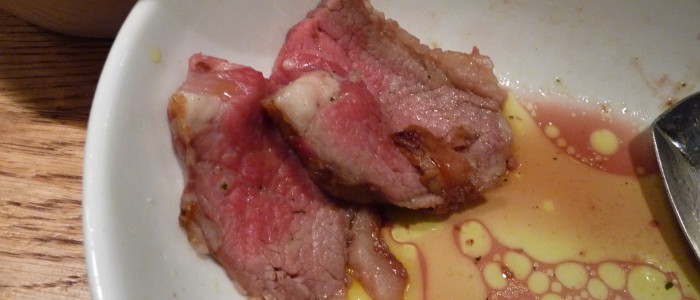The Metabolic Effects of Carbs, Fats, and Protein
Carbs: Carbohydrates cause a strong release of insulin and trigger your body to store and save most of what you just ate. This process helps you prepare for the next period of no food, like overnight. Insulin is the primary hormone that signals you to store sugars and make and store fat as TG and abdominal fat. Insulin also prevents the breakdown of fats you stored previously, thereby reducing your energy and physical performance for hours after the carb intake.
Proteins: Protein-rich foods also trigger insulin release, albeit to a lesser degree than carbs. Remember: Insulin has an anabolic action. Dietary protein signals the hormonal message to “store and rebuild.” Proteins are the building blocks of all your tissues. Diets rich in protein have been shown to reduce food cravings and improve athletic recovery. Your body only burns protein for energy as a last resort, preferring fats instead (free fatty acids).
Fats: Dietary fats provide the preferred energy for your body. At rest, you burn more calories from fat than glucose. The irony here is that “fat burning” happens when you are at rest—as long as insulin is not high! Unlike carbs or proteins, dietary fats trigger no insulin release. Therefore, despite sounding contrary, high-fat/low-carb diets result in more overall fat loss, as fatty acids become a more-available fuel source. Dietary fats are proven to make you more satisfied and result in better self-regulation of daily caloric intake.
Appreciate the simplicity here: You have only three dietary materials to work with—carbs, fat, and protein. They are the only building blocks of your entire diet. Imagine if chemistry class were based upon a periodic table that listed only three elements; pretty easy, right? The confusion arises when one of the three is reduced
In the early 1970s in the United States, dietary fat was suddenly named the villain. Low-fat foods inundated the marketplace, and from 1980 onward, Americans successfully reduced their total—and, especially, saturated—fat intake. Toward our collective ill health, carbohydrates catastrophically replaced those calories. If you want to read more on the historical reasons for the infamous low-fat diet and the consequences it brought, a particularly good book details our low-fat mistake: Fat Land: How Americans Became the Fattest People in the World, by Greg Critser.
Diet and nutrition in The Blood Code will be the easiest science class you have ever taken. There are only three foodstuffs to choose from. If one is decreased, the other two make up the difference. I, like you, perhaps, have the slight insulin-resistance trait. If I were to abide by the “low-fat” recommendations, I would quickly move toward type 2 diabetes. Why is a low-fat diet so bad for the 40 to 50 percent of people who, like me, carry the insulin-resistance trait? Read on in The Blood Code book to step down the path of self-discovery and real metabolic health. – RM




Comments are closed.